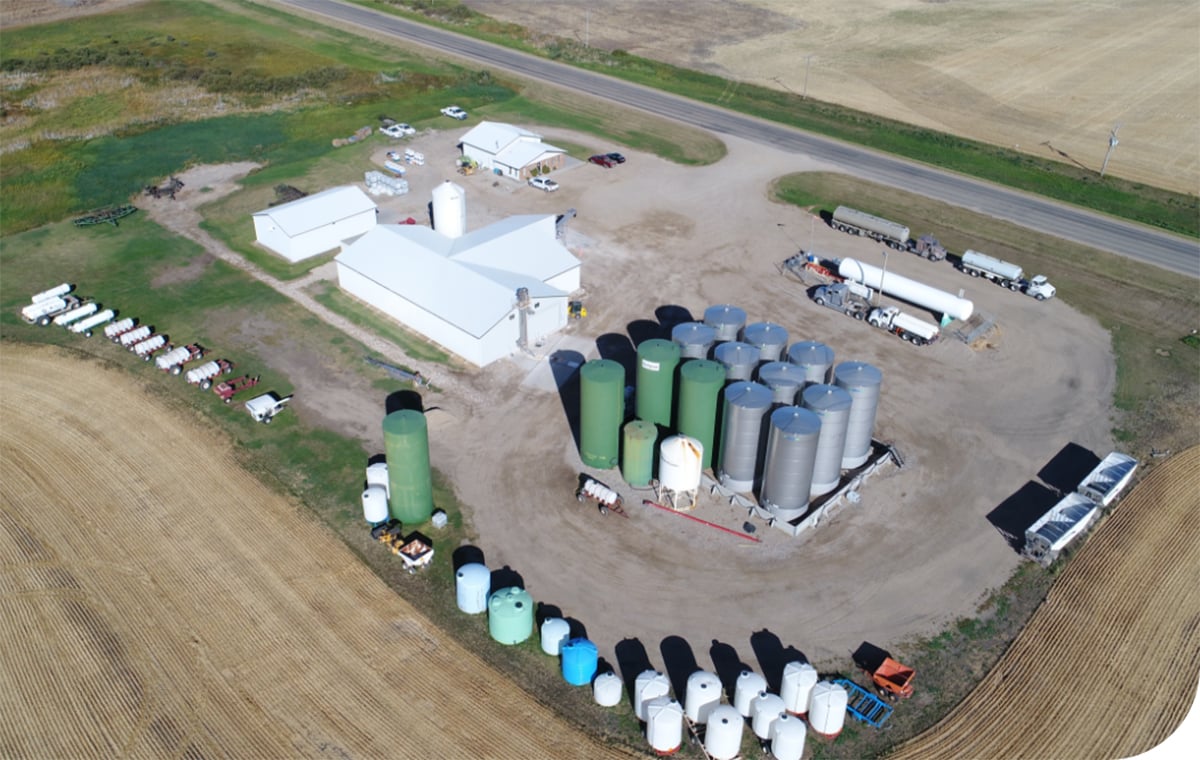AccuWeather forecast | Sask., Manitoba should brace for soggy conditions
This spring could be a repeat of last spring in terms of excess precipitation, but don’t expect the same warm weather, says a forecaster.
The dominant storm track for the spring will extend from the northern U.S. Rockies into Ontario, which will bring cooler and wetter conditions for the eastern portion of the Prairies.
Farmers in eastern Saskatchewan and most of Manitoba should brace for yet another year of soggy fields.
“With this forecast of continued wetness, I’m sure farmers will not be very happy about that,” said AccuWeather senior meteorologist Brett Anderson.
Read Also

Saskatchewan Co-ops to acquire Blair’s locations
Blair’s Family of Companies will be turning over the operation of six ag retail locations in Saskatchewan to local Co-ops
Saskatoon normally receives 24 millimetres of precipitation in April and 50 mm in May for a total of 74 mm. Anderson expects to see at least 90 to 100 mm of moisture from rain and melted snowfall during those two months this year.
The situation will be similar for many areas across the eastern Prairies.
“It does look like the area is going to be certainly wetter than normal, similar to what we saw last spring,” said Anderson.
He isn’t too concerned about spring flooding in Manitoba because soil moisture levels are normal across the province heading into spring and snowfall has been below normal in the higher elevations south of the border in the United States.
“As you get into Saskatchewan, you may see a higher risk of some flooding since the ground is a little bit more saturated. But it doesn’t look like anything out of the ordinary at this point.”
Areas around Moose Jaw and Regina have received more than 200 percent of their normal precipitation since Nov. 1.
The spring moisture outlook is the opposite in Alberta. Most of the province can expect the drier-than-normal trend that has been around since late last year to continue. Winds will be out of the west, bringing dry air from the Rocky Mountains.
Calgary usually receives 24 mm of moisture in April and another 60 mm in May for a total of 84 mm. Anderson said the two-month total should be more like 50 to 65 mm this spring.
“In general, I do see a continuation of dry conditions throughout much of Alberta, which is not what they want.”
The temperature forecast calls for cooler than normal conditions through much of central Saskatchewan and central Manitoba.
The cooler conditions will occur mostly during the day.
The nights might be a little warmer than usual because of an insulating blanket of cloud cover. Overall conditions may be one to two degrees below normal in April and near normal in May.
“It’s nothing major,” said Anderson.
The temperature forecast is the opposite in Alberta, where daytime temperatures could be above normal while nights will likely be cooler because of the lack of cloud cover.
Anderson said he has a high level of confidence in the seasonal temperature forecast. The precipitation forecast is trickier because most of the moisture comes from storms, which can be random.
The AccuWeather forecast calls for the dominant U.S. storm track system to quiet down in late May, when conditions in the eastern Prairies could suddenly become warmer and drier.
In the meantime, people who thought they could put their snow shovels away until winter might want to keep them handy.
“The snow season may actually last a little bit longer than it usually does,” said Anderson.

















